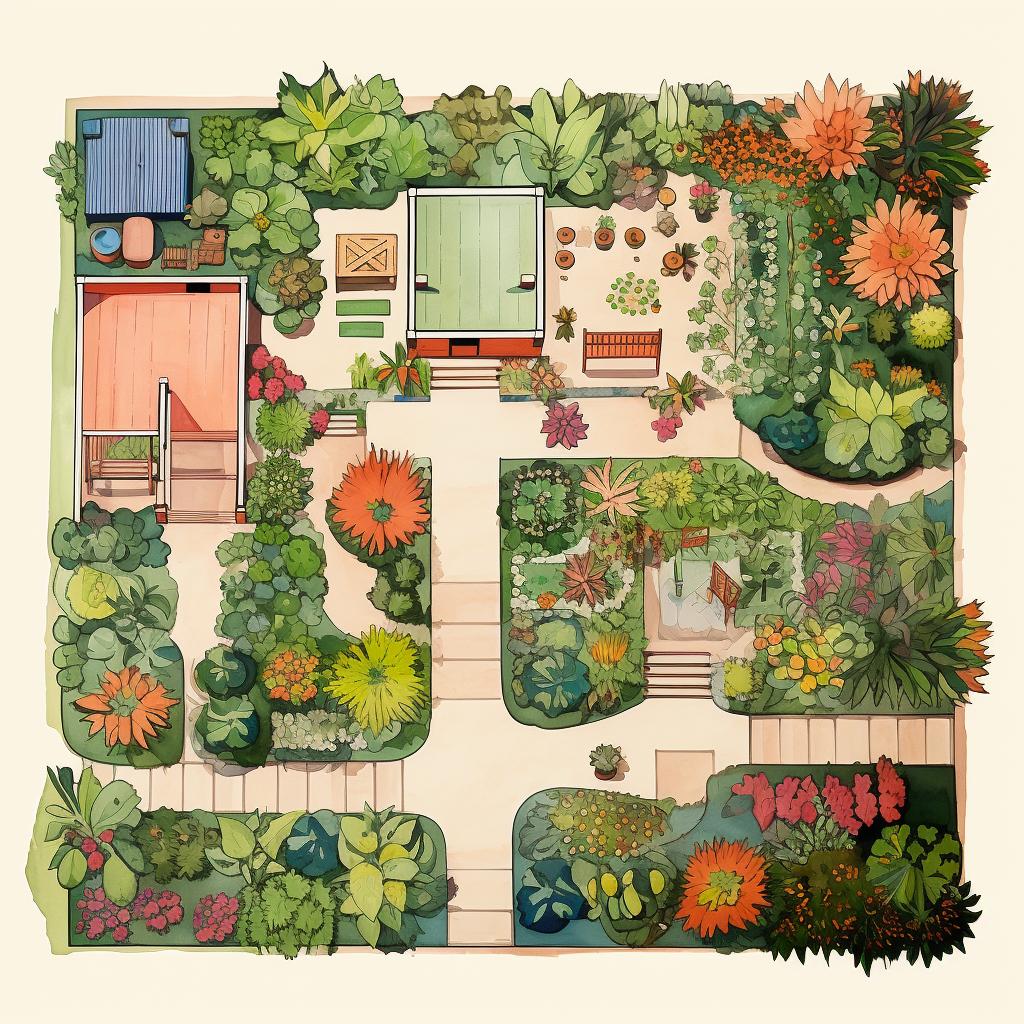🌱 Your Easy Guide to Implement Companion Planting in Your Vegetable Garden 🌿
Companion planting is a time-tested gardening method that enriches and protects vulnerable crops. By strategically placing certain plants near each other, you can create a thriving, symbiotic relationship that benefits all the plants involved. Whether you're a seasoned gardener or a green thumb in training, our step-by-step guide above will help you harness the power of companion planting in your vegetable garden.
Before you dive in, it's essential to understand the basics of companion planting. Our FAQ on companion planting is a great place to start. It provides a comprehensive overview of the method, its benefits, and how it can transform your vegetable garden into a flourishing oasis.
Why Companion Planting?
Companion planting is not just about placing any two plants next to each other and hoping for the best. It's about understanding the unique needs and benefits of each plant and how they can support one another. For instance, did you know that marigolds can deter pests that often plague tomatoes? Discover more of these fascinating combinations in our article on tomato companion planting.
Planning is Key
Just like any successful venture, a thriving garden starts with a good plan. Once you've selected your plants, it's time to map out your garden. This step is crucial as it helps ensure that each plant is in the best possible position to thrive. Our FAQ on planning a garden plot can guide you through this process.
Soil Preparation and Garden Maintenance
Preparing your soil properly is just as important as the plants you choose. Different plants have different soil needs, so it's essential to adjust your soil accordingly. Once your garden is planted, regular maintenance is key. Even though companion planting can help deter pests, it's not a foolproof solution. Regular watering, fertilizing, and pest checks are still necessary. For tips on maintaining an organic vegetable garden, check out our FAQ on organic vegetable gardening.
By following these steps and understanding the principles of companion planting, you'll be well on your way to a thriving, productive vegetable garden. Remember, the goal is to create a symbiotic relationship between your plants. When done correctly, companion planting can result in a healthier garden and a more bountiful harvest. Happy planting!


















